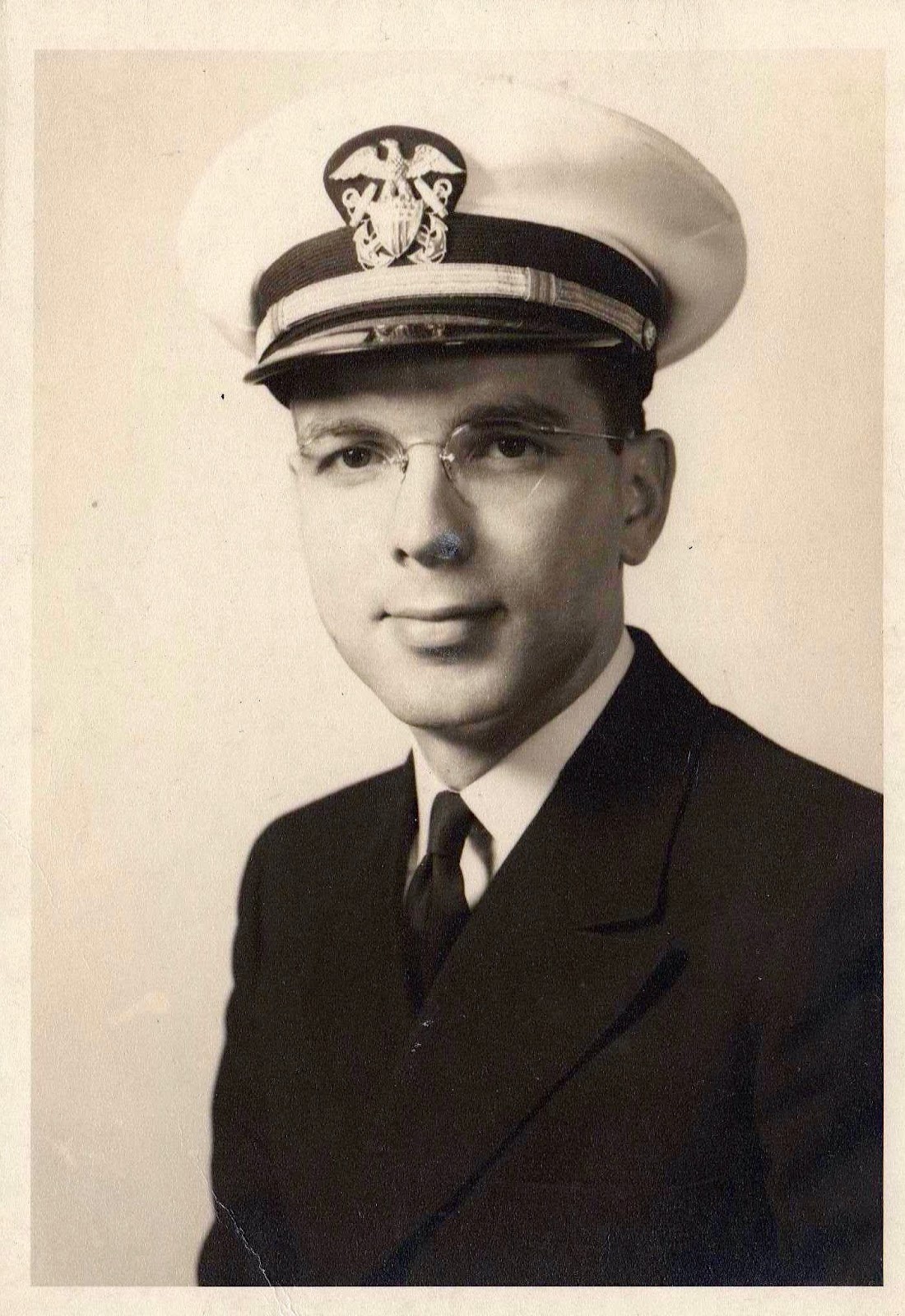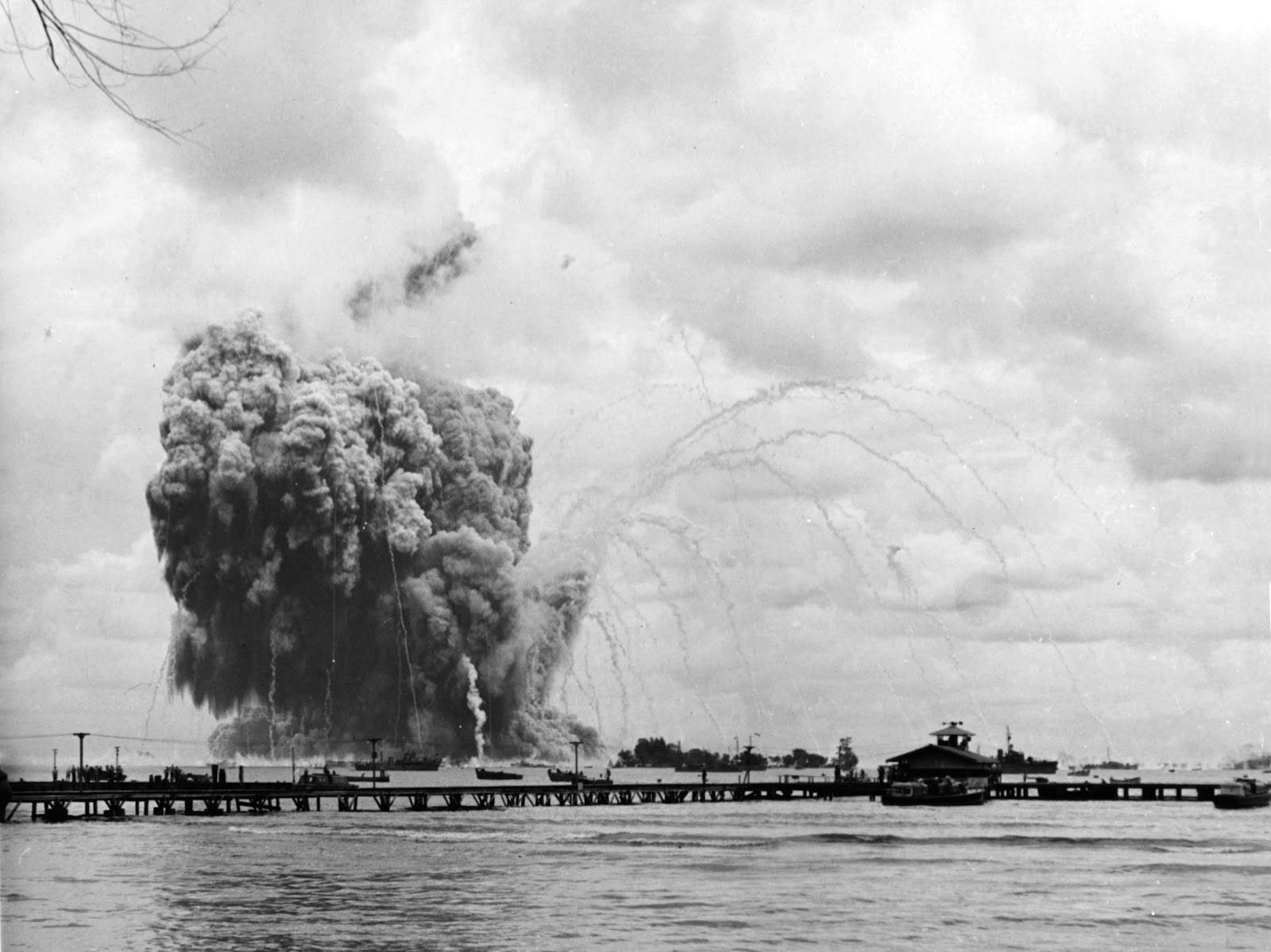Eldon F. Studebaker, courtesy of Stephen Studebaker
The Navy assigned him to the liberty ship, S.S. Harold T. Andrews. He commanded a twenty-four-man armed guard aboard the Andrews, where most of the crew were civilians. Liberty ships served various purposes in the war, including carrying food, fuel, vehicles, and aircraft. Some were used as troop carriers or for transporting prisoners of war. The Navy used some of these vessels as hospital ships. Eldon’s ship was carrying Coca-Cola syrup, uniforms, and Studebaker trucks.
Their ship left Rhode Island and crossed to the Pacific through the Panama Canal, heading for Manu, just north of Papua, New Guinea. Manu had been a hotly contested island, finally liberated from the Japanese by the Americans and Australians in February 1944. The island was significant to the United States because they used it as a supply hub for shipping items to many other conflict areas.
The days must have seemed long for the men who spent weeks at sea. Many of the men gambled, but Eldon did not join in. He noted that when the ship got to Manu, a couple of the card sharks had the rest of the crew’s money. Eldon spent time reading his prayer book, keeping a journal, and making sketches in the margins of the small book. He wrote many letters home to his beloved Ruthy and his small daughter Nancy. Eldon was a farm boy, learning to carve with a pocket knife as a child. While at sea, he carved things that he saw, including a native outrigger he had photographed from the deck of his ship. This treasure is in the collection of his son Stephen, who was born during the war.








No comments:
Post a Comment